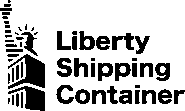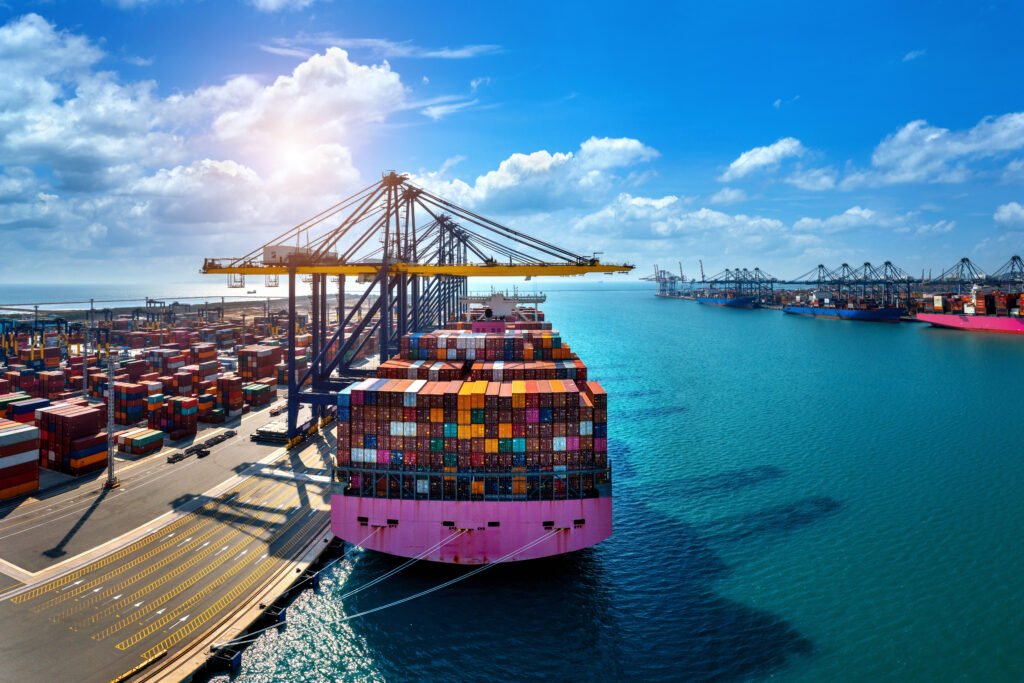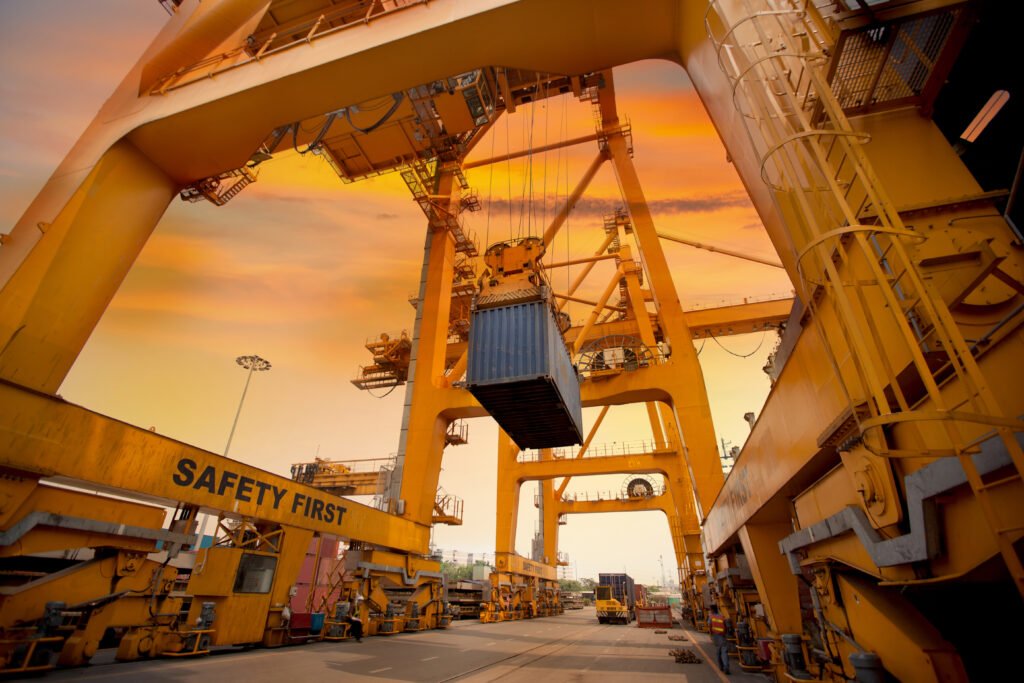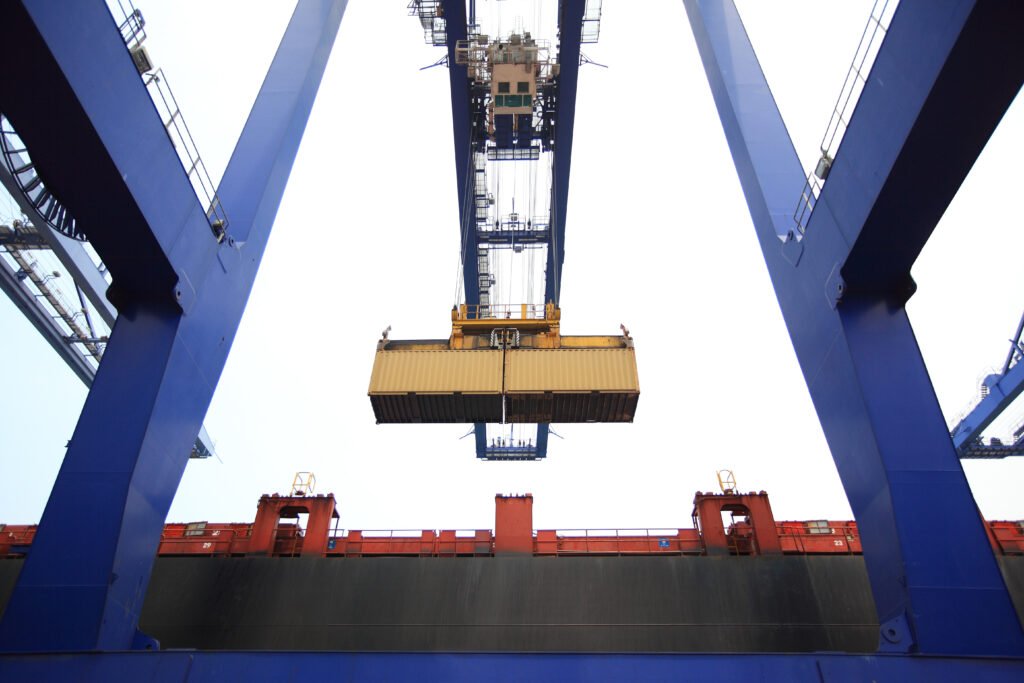Buying a shipping container can feel overwhelming, especially if it’s your first time. With various sizes, conditions, and types available, it’s important to understand what suits your needs best. Whether you’re purchasing for storage, logistics, modular use, or resale, this guide will walk you through everything you need to consider to make the right choice.
1. Determine the Right Size: 20ft vs 40ft
The two most common container sizes are 20ft and 40ft. A 20ft container offers around 1,170 cubic feet of space and is ideal for compact storage or lighter logistics. A 40ft container, with over 2,390 cubic feet, is better for bulk storage, export, or larger conversions like container offices or shops.
If height is a factor, consider the 40ft High Cube (HC) which offers an extra foot in height, giving more vertical storage or workspace room.
2. Decide Between New or Used
New (one-trip) containers are typically in pristine condition with no dents or rust. They are best for high-end projects, modular builds, or long-term international use.
Used containers, also called cargo-worthy or wind-and-water-tight (WWT), are more budget-friendly and ideal for general storage, local transport, or temporary use. Liberty Containers inspects every unit for structural integrity before sale or lease.
3. Choose the Right Type Based on Usage
There are several container types tailored for specific purposes:
- Standard Dry Containers: Ideal for general cargo or storage
- High Cube Containers: Offer more height for bulky items or conversions
- Double Door (Tunnel) Containers: Allow access from both ends
- Side Open Containers: Great for loading wide or irregular items
- Open Top Containers: Designed for top-loading machinery or loose cargo
- Reefer Containers: Refrigerated units for cold storage
4. Understand the Condition Grades
Containers come in several condition grades:
- New/One-Trip: Almost brand new, used once for shipping
- Cargo-Worthy (CW): Structurally sound, suitable for export
- WWT (Wind & Water Tight): No leaks, ideal for storage
- AS-IS: Sold with visible damage, lowest cost, for non-critical uses
5. Confirm Certification and Compliance
If you’re shipping internationally, ensure the container has a valid CSC plate (Container Safety Convention). All export containers must be certified for safety and stacking under ISO standards. At Liberty Containers, we supply containers with valid documentation upon request.
6. Check the Flooring and Interior
Good container floors are typically made of 28mm marine-grade plywood over steel cross-members. For used containers, check for soft spots, oil stains, or signs of rot. If using for conversion, clean interiors and straight panels are preferred for insulation and modification.
7. Plan for Delivery & Offloading
Before ordering, ensure your delivery site is accessible for flatbed trucks or crane-equipped vehicles. Liberty Containers arranges transport across all seven Emirates in the UAE, with fast offloading and placement services for businesses and individuals.
8. Know the Pricing Range
As of 2025, the average price for a used 20ft container in the UAE ranges from AED 6,000 to AED 9,000, depending on condition and type. New 40ft High Cube containers can range from AED 14,000 to AED 18,000.
We recommend always requesting a custom quote, especially for bulk orders or modified units.
Conclusion: Buy Smart with Liberty Containers
Choosing the right container comes down to clarity on purpose, condition, and supplier credibility. At Liberty Containers, we help clients across the UAE, USA, and India find high-quality units that match their use case — with no hidden surprises.
From individual buyers to large-scale construction firms, we’ve delivered over 1,900+ containers since 2017. Let our team help you make a confident, informed purchase that serves your needs for years to come.



